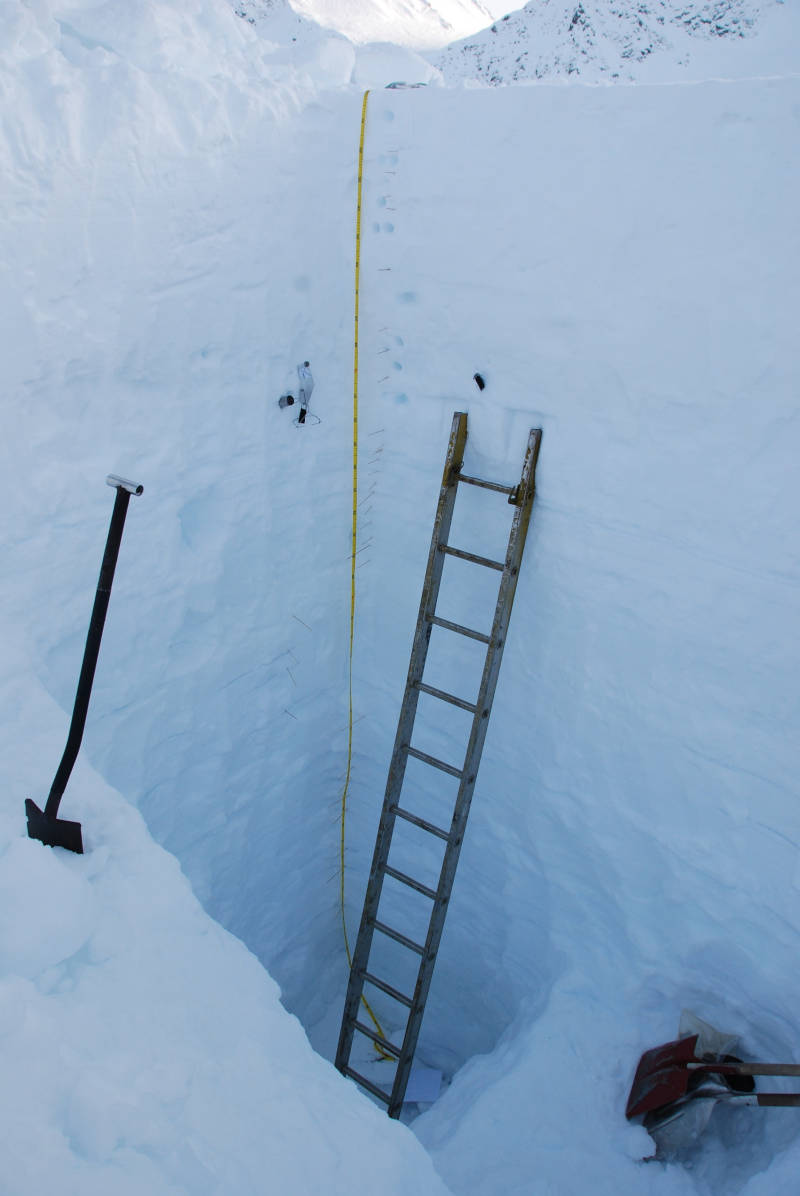Snow cover is a key element of the natural water cycle and the primary building material of glaciers. On the Hans Glacier (Hansbreen), located in southern Spitsbergen, detailed snow measurements have been carried out for over 30 years, but until now, these data have yet to be practically unavailable.
The Scientific Data (Nature Research) published an article prepared by Dr. Michał Laska in cooperation with scientists from the Institute of Geophysics of the Polish Academy of Sciences, the Institute of Biochemistry and Biophysics of the Polish Academy of Sciences, the University of Wrocław and the Jagiellonian University. It describes a collection of 79 archived snow profiles taken between 1989 and 2021, making it the largest dataset of its kind in the entire Svalbard area. One of the biggest challenges of this work was to unify the measurements performed with different classifications of the physical characteristics of the snow cover to the current protocol, The International Classification for Seasonal Snow on the Ground (Fierz et al. 2009), which allows the comparison of data from different periods and locations. The wide range of material makes the Hansbreen Snowpit Database particularly valuable for those involved in the study of snow cover evolution and modelling, but also scientists related to glaciology, ecology and hydrology of glacierized areas.
Laska, Michał; Luks, Bartłomiej; Kępski, Daniel; Gądek, Bogdan; Głowacki, Piotr; Puczko, Dariusz; Migała, Krzysztof; Nawrot, Adam; Pętlicki, Michał (2022): Hansbreen Snowpit Dataset: a long-term snow monitoring (since 1989) in the unique field laboratory (SW Spitsbergen, Svalbard). PANGAEA, https://doi.org/10.1594/PANGAEA.942279







